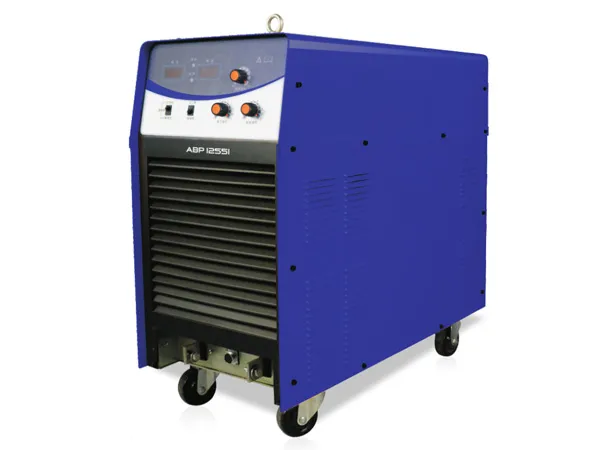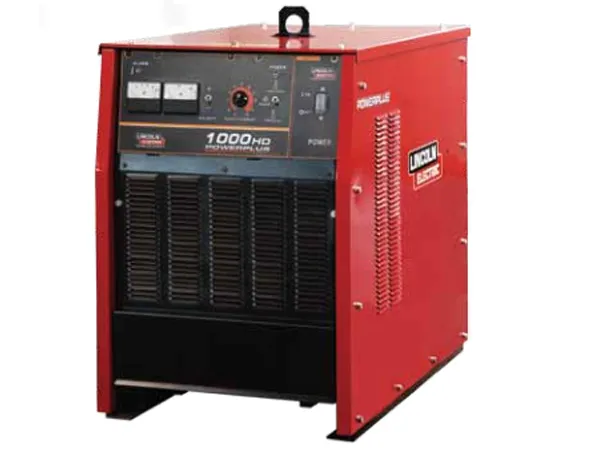Submerged Arc Welding (SAW) is a welding process that involves the formation of an arc between a continuously fed electrode and the workpiece.
Current (Amperage): The amount of electrical current flowing through the electrode and the workpiece affects the heat generated and consequently the weld penetration and deposition rate.
Voltage: The electrical potential difference between the electrode and the workpiece determines the arc length and the stability of the arc.
Wire Feed Speed: The rate at which the filler wire is fed into the arc affects the deposition rate and the size of the weld bead.
Travel Speed: The speed at which the welding torch moves along the joint determines the amount of heat input and the shape of the weld bead.

Electrode Stickout: The distance between the end of the electrode and the workpiece affects the arc length and consequently the heat input into the weld.
Electrode Type and Diameter: Different types and diameters of electrodes can be used depending on the material being welded, the desired weld characteristics, and the welding parameters.
Flux Type and Flux Layer Thickness: Flux is used to shield the weld pool from atmospheric contamination and can also affect the weld properties. The type and thickness of the flux layer can influence the arc characteristics and the mechanical properties of the weld.
Joint Design and Preparation: Proper joint design and preparation are critical for achieving sound welds. Factors such as joint geometry, fit-up, and cleanliness can affect weld quality.
Shielding Gas: In some cases, additional shielding gases may be used to protect the weld pool and improve weld quality, especially for certain materials or applications.

Preheat and Interpass Temperature: Preheating the workpiece and maintaining interpass temperature control can help prevent cracking and ensure proper weld fusion, particularly for thicker materials or materials with high susceptibility to heat-affected zone cracking.
Welding Position: The orientation of the weld joint with respect to gravity can influence the welding parameters and the behavior of the molten metal.
These parameters need to be carefully controlled and optimized based on the specific requirements of the welding application, such as material type, thickness, joint design, and welding position, to ensure high-quality welds. Additionally, monitoring and adjusting these parameters during the welding process may be necessary to maintain consistent weld quality.
No. 1 Intersection of Chuangye Avenue and Weilai Avenue,
Yiyang County,Luoyang City, Henan Province, China
+86 400-0379-069
Copyright © 2023 An Automated Welding and Cutting Equipment Manufacturer Focusing on Welding Column Boom and Welding Rotator | All Rights Reserved Technical support: ShangXian